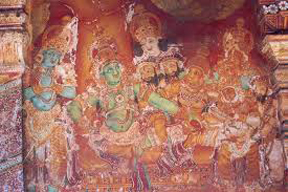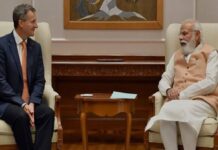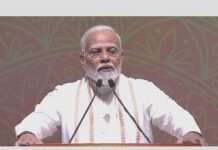 NEW DELHI: ‘Uttara Kanda’, the seventh and the final installment of the Valmiki Ramayana, has often been the most rushed through books in the series.
NEW DELHI: ‘Uttara Kanda’, the seventh and the final installment of the Valmiki Ramayana, has often been the most rushed through books in the series.
What often goes overlooked as an epilogue, to offer readers the desired ‘all’s well that ends well’ conclusion, in fact, ties the loose ends in the narrative by answering the most sought after questions about the origin of the characters.
Writer and translator Arshia Sattar has offered her readers an opportunity to take a fresh look at this segment of the Ramayana, with her latest work of translation titled, “Uttara: The Book of Answers”.
According to Sattar, who has been teaching the Ramayana for several years now, the Uttar Kanda is the “most problematic” part that manages to raise as many questions as it answers.
“I too, had rushed through it. But, over the years, I have found that many of the questions my students asked, had their answers in the ‘Uttar Kanda’ — how come Hanuman had to be reminded of his magical powers, or why did Ravana not touch Sita, and what Rama did after he became king,” she told PTI.
For the writer, who has a PhD in South Asian Languages and Civilizations from the University of Chicago, it was epiphanic to realize while translating the text, that it was the Uttar or answer to all the discrepancies that might arise in the preceding narratives.
“On one hand, we could say that nothing much happens in the Uttara Kanda… that it exists only to reinforce the idea of Rama as Vishnu. On the other hand, we could say that everything that is of any lasting significance in the epic happens in this Kanda,” she says.–PTI






